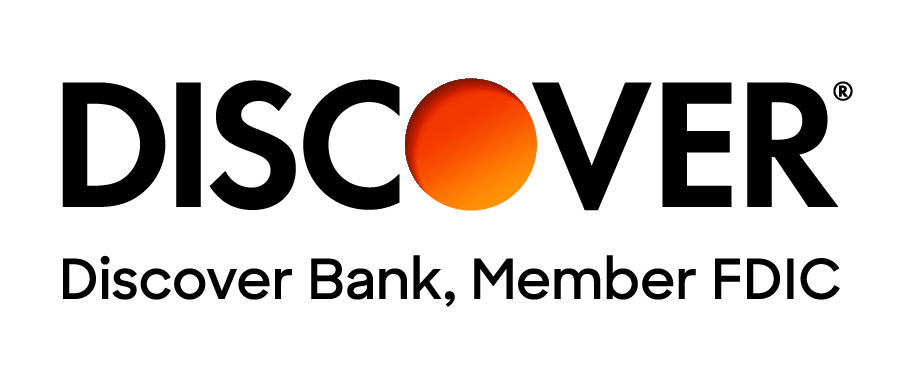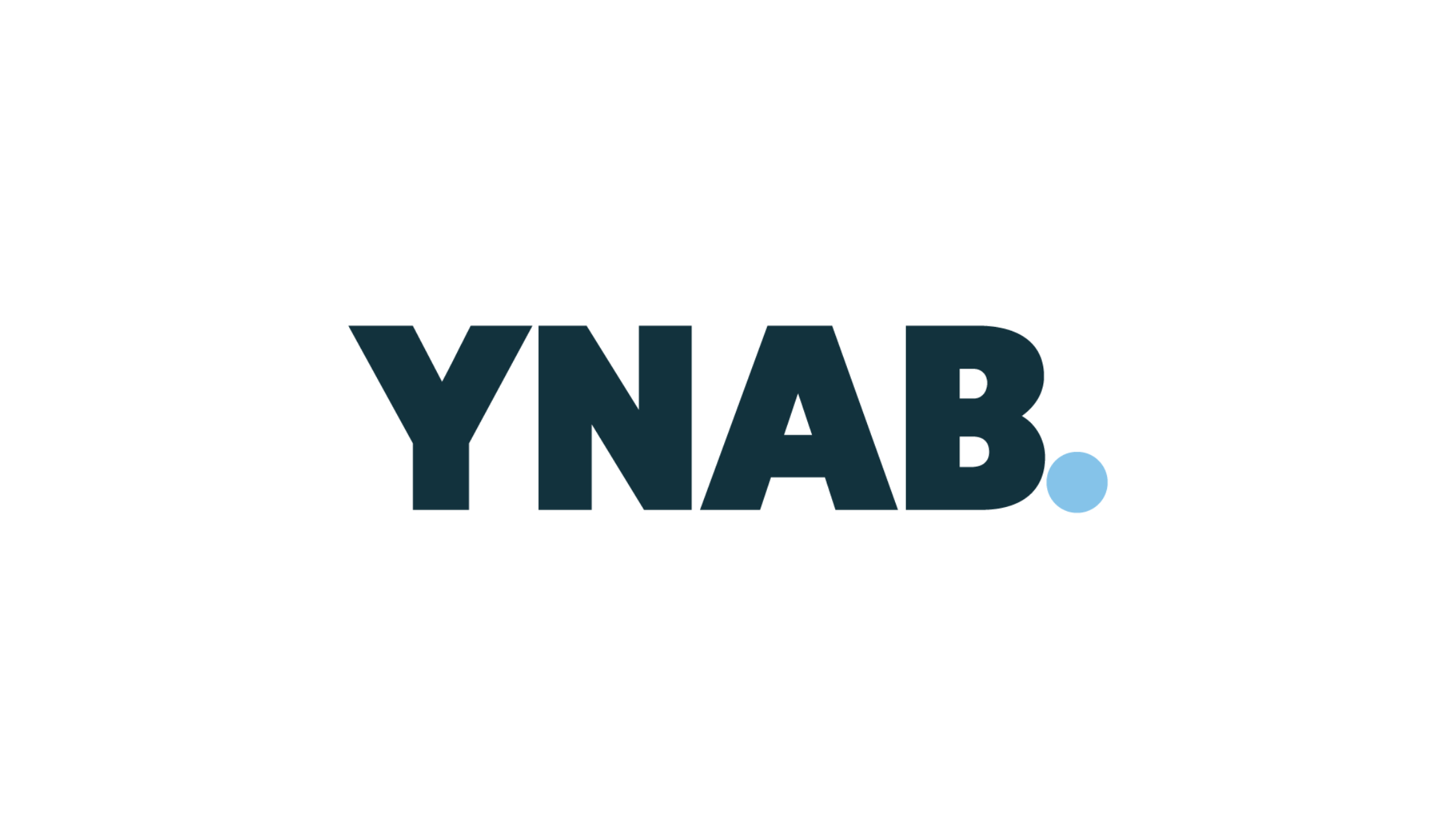The content and opinions provided on this site have not been provided or commissioned by any issuer of the financial products and/or services appearing on this site. The content and opinions have not been reviewed, approved or otherwise endorsed by an issuer. Offers may be subject to change without notice. For more information, please read our full disclaimer.
Digital payment services are platforms or systems that facilitate the electronic transfer of funds between people or companies. These services encompass a wide range of methods, including mobile wallets, online banking, and payment gateways, which enable users to conduct transactions without the need for physical cash.
Understanding digital payment services is crucial in today's digital economy because they provide convenience, speed, and security for both consumers and businesses. As more of our daily transactions move online, having a firm grasp of digital payment methods can help you navigate the financial landscape effectively, enhancing your ability to manage finances and participate in the global market with confidence.
What Are Digital Payment Services
Digital payment services are platforms or systems that facilitate the electronic transfer of funds between parties, eliminating the need for physical currency. These services make it possible to send and receive money digitally, using various devices and technologies. Essentially, they encompass a range of payment methods designed to simplify and expedite financial transactions in our increasingly digital world.
Common Digital Payment Services
- PayPal: A widely-used online payment system that allows users to send and receive money, pay for purchases, and transfer funds securely.
- Venmo: Owned by PayPal, this app is popular for its social component, allowing users to transfer money to friends and family with ease, often accompanied by notes and emojis.
- Apple Pay: A mobile payment and digital wallet service by Apple Inc. that enables users to make payments using iPhone, iPad, Apple Watch, or Mac.
- Google Pay: Google's digital wallet platform and online payment system enable in-app, online, and in-person contactless purchases on mobile devices.
- Zelle: A fast and easy way to send money directly between almost any U.S. bank accounts, typically in a matter of minutes. Zelle is integrated with many banks' mobile apps to provide a seamless transfer experience.
- Square: Known for its ease of use and mobile point-of-sale solutions, Square enables businesses to accept card payments via a small reader attached to a mobile device.
How Digital Payments Work
Understanding how digital payments work can help demystify the process and boost your confidence in using these services. Here is a step-by-step explanation of the digital payment process:
1. Initiating a Payment
The first step in making a digital payment involves initiating the transaction. This could be done through a variety of platforms, such as a mobile wallet app, an online banking portal, or a payment gateway on an e-commerce site. You start by entering the amount you wish to send or the product you wish to purchase, and selecting the payment method—whether that’s a bank account, credit card, or digital wallet.
2. Authentication and Verification
Once the payment is initiated, the next crucial step is authentication and verification. Digital payment systems use multiple layers of security to ensure the transaction is legitimate. This can include entering a PIN, providing biometric verification like a fingerprint or face scan, or receiving a one-time password (OTP) sent to your mobile device or email. This step is essential to protect against fraud and ensure that only authorized users make payments.
3. Processing the Transaction
After successful authentication, the payment system processes the transaction. This involves securely transmitting your payment information to the appropriate financial institutions. For example, if you’re using a credit card, the payment gateway will communicate with your credit card provider to authorize the transaction. This process typically takes a few seconds to complete but may vary depending on the service and the complexity of the transaction.
4. Confirmation and Receipt
The final step is the confirmation and receipt of the transaction. Once the payment has been processed, both the payer and the recipient receive a notification confirming the completion of the transaction. This could be in the form of an email, SMS, or an in-app notification. A receipt is often provided for record-keeping, detailing the transaction amount, date, and other relevant information.
Types of Digital Payment Services
Mobile Wallets
Mobile wallets, also known as digital wallets, are applications or software-based systems that allow users to conduct transactions using their mobile devices. These wallets store payment information, such as credit card details and bank account numbers, securely on the device. Examples of mobile wallets include:
Google Wallet: An application developed by Google that enables users to store debit, credit, and loyalty card information securely. It allows for easy payments at stores via contactless payment technology.
Samsung Pay: Samsung's mobile payment service provides a convenient way to make purchases using compatible Samsung devices. It supports both Near Field Communication (NFC) and Magnetic Secure Transmission (MST) for contactless payments.
Online Payment Gateways
Online payment gateways are services that facilitate online transactions between customers and merchants by securely transmitting payment details. These gateways play a critical role in e-commerce by enabling the acceptance of various payment methods. Examples of online payment gateways include:
Stripe: A robust payment processing platform designed for businesses of all sizes. Stripe handles online payments, offering features like subscription billing and fraud prevention.
Square: Known for its user-friendly interface, Square provides an online payment gateway for businesses to accept payments on their websites. It also offers additional services like payroll management and invoicing.
Bank Transfer Services
Bank transfer services enable the direct transfer of funds between bank accounts. These services are typically fast, secure, and widely used for both personal and business transactions. Examples include:
Zelle: A popular service in the United States that allows quick, direct transfers between bank accounts, often within minutes. Zelle is integrated into many banks' mobile apps for seamless transactions.
ACH Transfers: Automated Clearing House (ACH) transfers are a method of moving money between bank accounts across the United States. They are commonly used for payroll, direct deposits, and recurring bill payments.
Cryptocurrency Payments
Cryptocurrency payments involve the transfer of digital currencies, such as Bitcoin and Ethereum, from one party to another. These transactions are conducted on blockchain technology, ensuring transparency and security. Examples include:
Bitcoin: The first and most widely recognized cryptocurrency, Bitcoin facilitates peer-to-peer transactions without the need for intermediaries like banks. It is commonly used for online purchases and investments.
Ethereum: Beyond being a cryptocurrency, Ethereum offers a decentralized platform that enables smart contracts and decentralized applications. Its native currency, Ether (ETH), is used for transactions within the Ethereum network.
Understanding the various types of digital payment services allows you to choose the best methods to meet your financial needs, whether for personal use or business operations. Each type provides unique benefits and capabilities, ensuring there are options available for a wide range of transactions.








